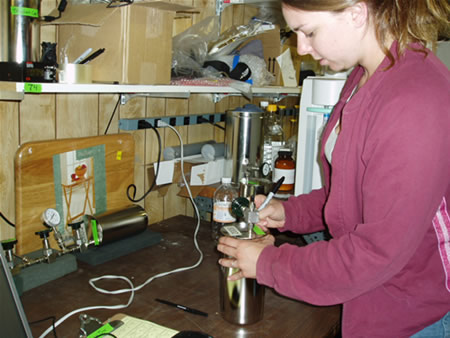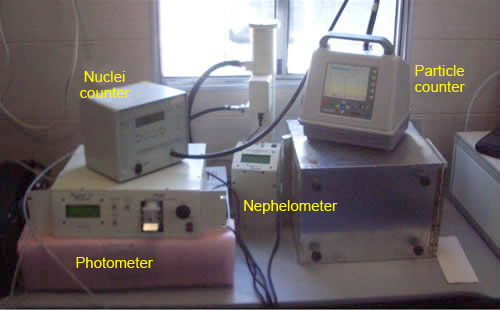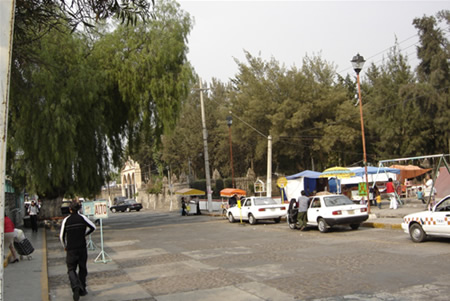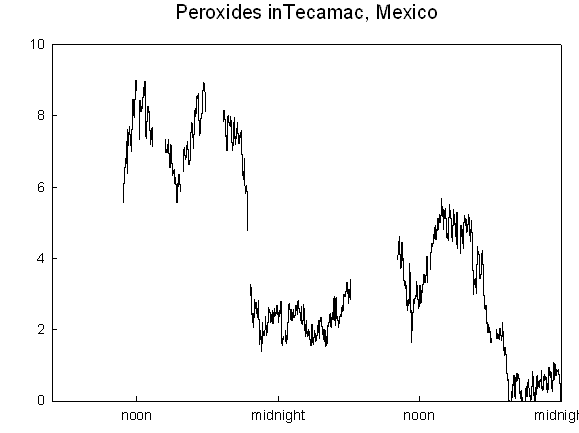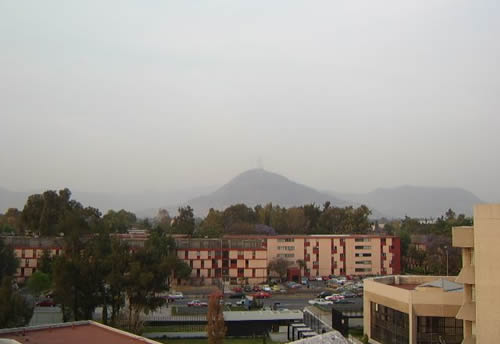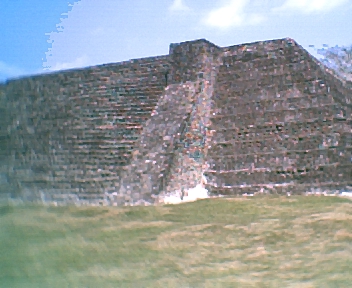MILAGRO Image Gallery
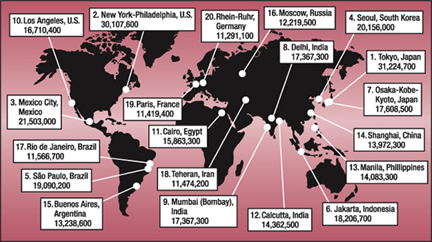
This map shows the world's 20 most populous urban agglomerations in 2004. With 21,503,000 inhabitants, Mexico City ranks third.
( Data courtesy of the World Gazetteer; illustration courtesy of Mike Shibao, UCAR.)
( 147K JPG)
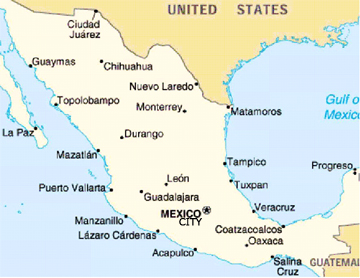
MILAGRO takes place in Mexico City, the capital of
Mexico and one of the largest cities in the world with approximately 22
million inhabitants. Prevailing winds usually blow the city's air
pollution to the northeast in a plume that extends over the Gulf of
Mexico.
( 437K JPG)
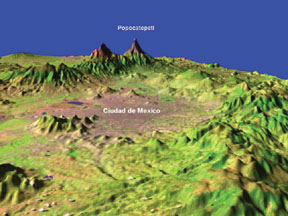
This is a computer generated 3-D rendering of the landscape surrounding Mexico City.
( 105K JPG)
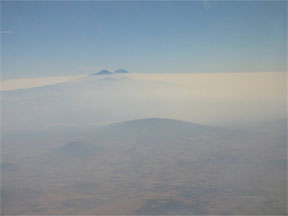
Air pollution over Mexico City ( Photo courtesy of Nancy A.Marley)
( 21K JPG)
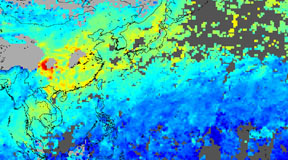
This satellite image from MOPITT shows air pollution over China and Southeast Asia during January 2003.
( Image courtesy of the NCAR MOPITT team)
( 99K JPG)
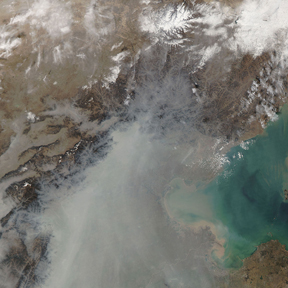
Satellite image of particulate pollution over Beijing, China.
( NASA image courtesy the MODIS Rapid Response Team)
( 219K JPG)
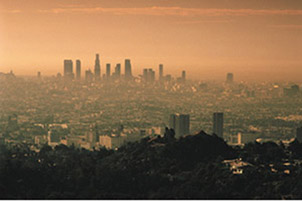
Ozone peaks in urban areas during late afternoons. ( Courtesy of UCAR)
( 24K JPG)
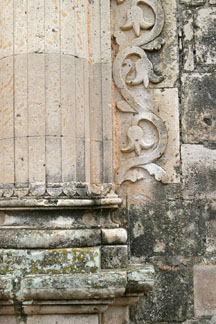
This building in Copola, Mexico, has been damaged by acid rain.
( Courtesy of UCAR Digital Image Library)
( 159K JPG)
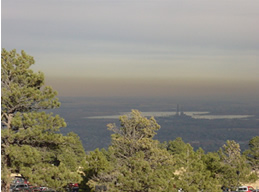
An inversion layer hangs over residents of Boulder, Colorado. ( Source: T. Eastburn)
( 147K JPG)
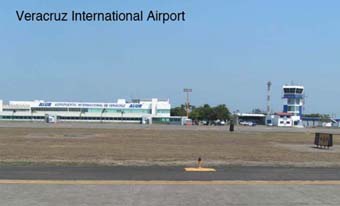
This is a photo of the Veracruz International Airport.
( Courtesy of UCAR)
( 52K JPG)
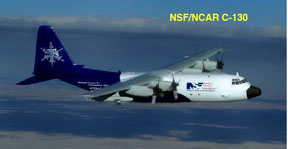
This is a photo of the C-130 airplane.
( Courtesy of UCAR)
( 36K JPG)
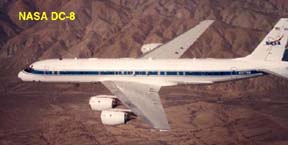
This is a photo of the DC-8 airplane.
( Courtesy of NASA)
( 64K JPG)
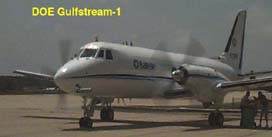
This is a photo of the Gulfstream airplane.
( Courtesy of the DOE)
( 50K JPG)
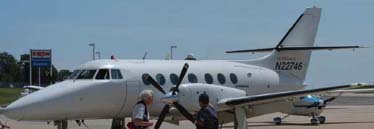
This is an image of the J-31 airplane.
( Courtesy of NASA)
( 42K JPG)

This is a photo of the King Air plane.
( Courtesy of the DOE)
( 42K JPG)
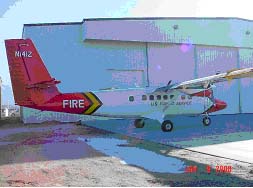
This is a photo of the Twin Otter plane.
( Courtesy of the US Forest Service)
( 15K JPG)
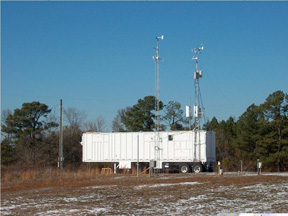
This is a photo of a mobile lab.
( Courtesy of Georgia Institute of Technology)
( 196K JPG)
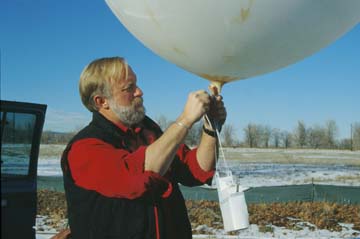
A scientist prepares to launch a radiosonde.
( Courtesy of the Digital Image Library, UCAR)
( 512K JPG)
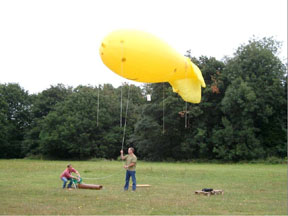
Researchers with a tethersonde.
( Courtesy of the DOE)
( 121K JPG)
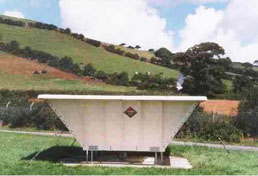
Wind profilers such as this one will help MILAGRO researchers measure wind speed and direction.
( Courtesy of NSF)
( 49K JPG)
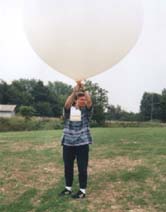
A scientist prepares to launch a balloon with an ozonesonde and radiosonde attached. The dual instruments will collect ozone and weather information at heights up to 115,000 feet (35 km).
( Source: MILAGRO Image File)
( 62K JPG)






